Wimbledon Tennis Museum and Tour
Explore
Discover Kew Gardens, a UNESCO World Heritage Site in London, featuring stunning plant collections, historic landmarks, and family-friendly activities. Perfect for nature lovers and explorers.
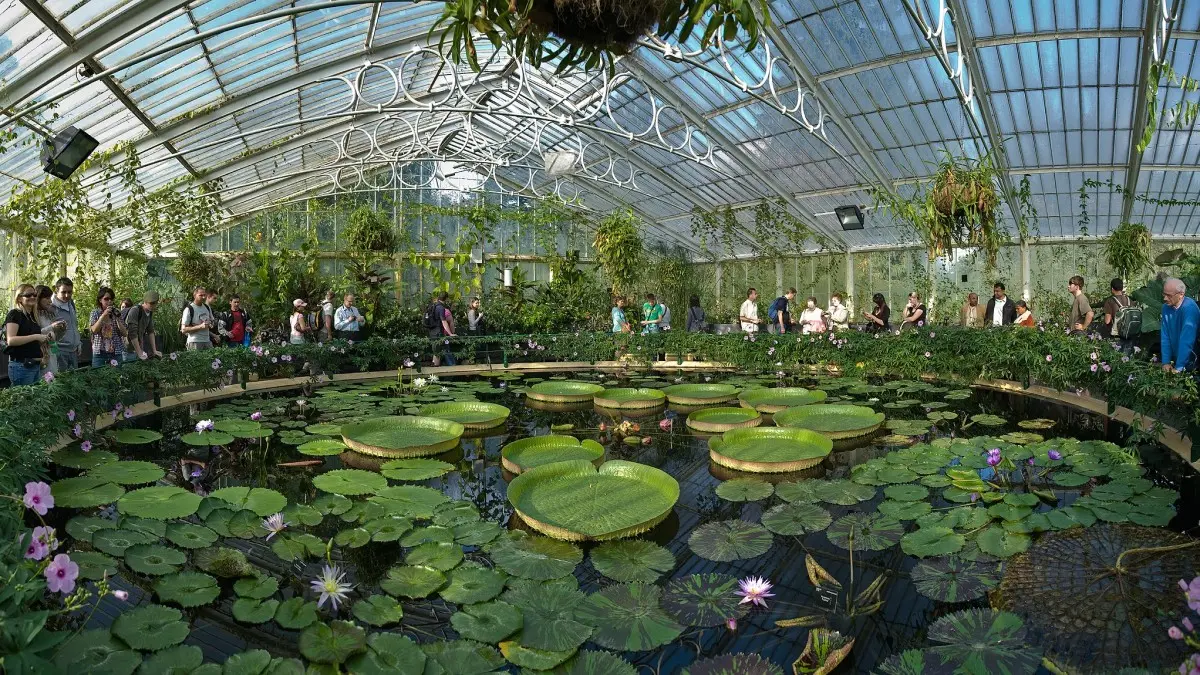
Explore the breathtaking beauty of Kew Gardens, a UNESCO World Heritage Site that boasts one of the world’s most diverse collections of plants and trees. Located in Richmond, this historic botanical garden spans over 300 acres, offering visitors a serene escape into nature. From enchanting flower displays to majestic arboretums, Kew Gardens is a perfect retreat for all seasons, where the splendor of the natural world is celebrated and preserved.
Founded in 1759, Kew Gardens has evolved into a global hub for botanical research and conservation. Visitors can wander through iconic glasshouses such as the Palm House, marvel at exotic rainforest plants, and learn about efforts to protect endangered species. The gardens also host a variety of events and exhibits year-round, from art installations to guided tours, making every visit unique. Whether you’re a botany enthusiast or simply looking for a tranquil day out, Kew Gardens promises an unforgettable experience.
Families will find plenty to enjoy, too, with interactive children’s attractions like the Treetop Walkway and the interactive Children’s Garden. For those seeking a more leisurely experience, the gardens offer charming cafes and picnic areas, ensuring a relaxing outing for everyone. A visit to Kew Gardens isn’t just a chance to admire stunning plants—it’s an opportunity to connect with nature and support vital conservation work.
Step into the iconic Palm House, a magnificent Victorian glasshouse that houses a stunning collection of tropical plants. With its lush, verdant interior, the Palm House offers an immersive experience into the world of exotic flora.
Rise 18 metres above the ground and take a stroll along the Treetop Walkway. This elevated pathway provides breathtaking views of the woodland canopy and the gardens below, offering a unique perspective of Kew's natural beauty.
Explore the serene Japanese Landscape, a beautifully designed garden that features a traditional Minka house, a tranquil bamboo grove, and a picturesque pond. It's a perfect spot for relaxation and contemplation.
Discover the diverse climatic zones within the Princess of Wales Conservatory. This state-of-the-art glasshouse showcases a wide variety of plants, from arid desert species to lush tropical rainforest flora, providing a fascinating journey through different ecosystems.
Why not make a weekend of it? Explore Nearby Attractions. Scroll to zoom in or out on map.
Curious about Kew Gardens? We've compiled answers to the most frequently asked questions to help you uncover the highlights and visitor essentials.
Kew Gardens is open daily from 10:00 AM to 6:00 PM, with extended hours during special events and seasons. It's best to check the official Kew Gardens website for the most up-to-date information.
Tickets can be purchased online through the official Kew Gardens website or at the entrance gate. Booking in advance is recommended, especially during peak seasons.
Yes, Kew Gardens offers a variety of guided tours led by expert horticulturists and volunteers. These tours provide fascinating insights into the gardens' history, plant collections, and conservation efforts.
Yes, Kew Gardens offers a range of dining options, including cafes, restaurants, and picnic areas. Visitors can enjoy everything from light snacks and coffee to full meals.
Nearby attractions include Richmond Park, the historic town of Richmond, and the National Archives. The area offers a variety of cultural and recreational activities for visitors to enjoy.
Make your trip unforgettable by exploring these nearby attractions during your visit.
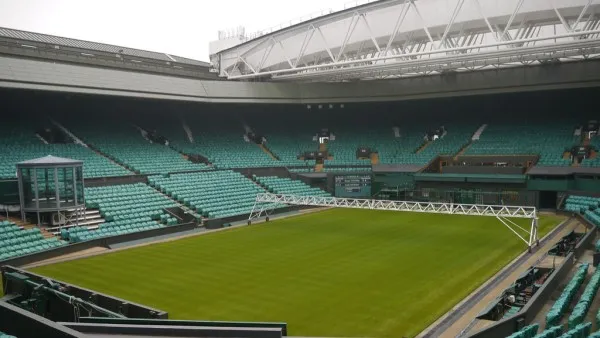 Wimbledon
Wimbledon
 Westminster
Westminster
 Westminster
Westminster
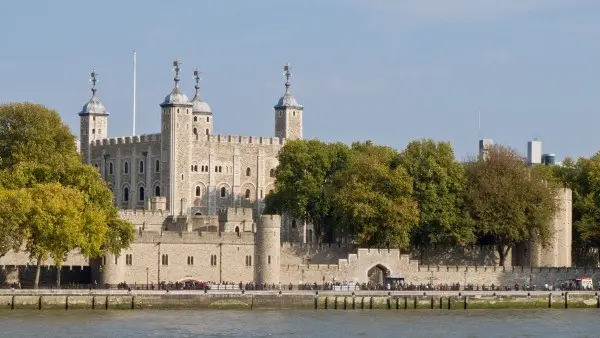 Tower Hamlets
Tower Hamlets
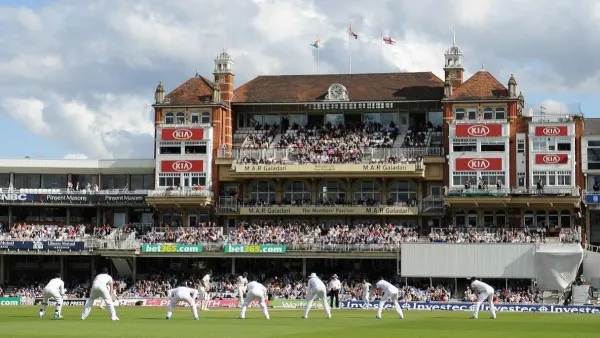 Kennington
Kennington
 Bankside
Bankside
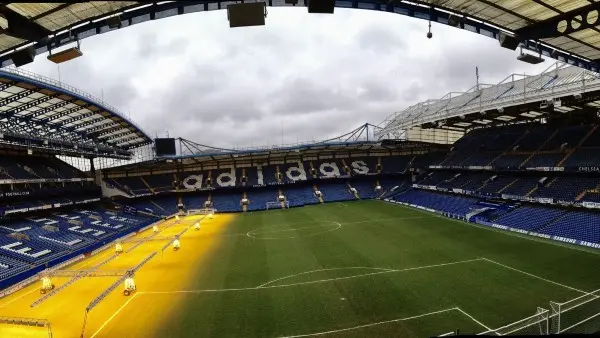 Chelsea
Chelsea
 Chertsey
Chertsey
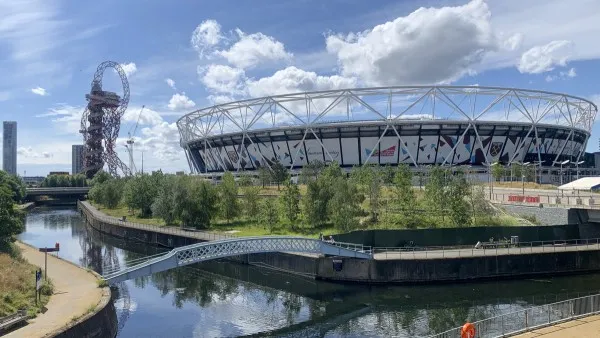 Stratford
Stratford
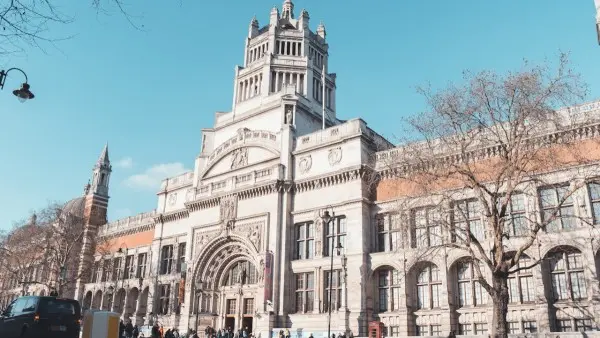 Kensington
Kensington
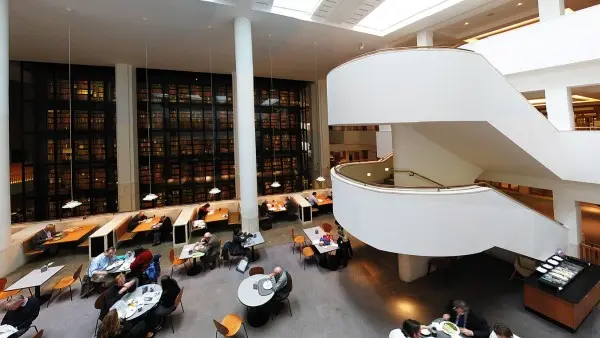 St Pancras
St Pancras
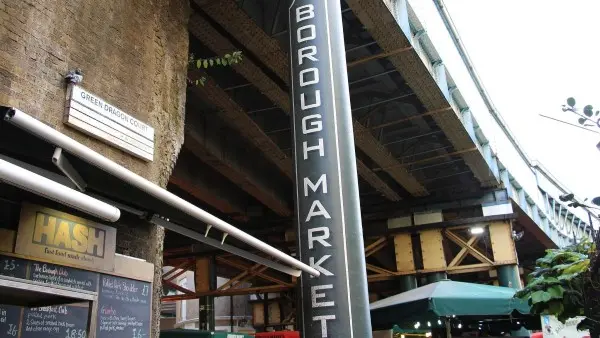 Southwark
Southwark